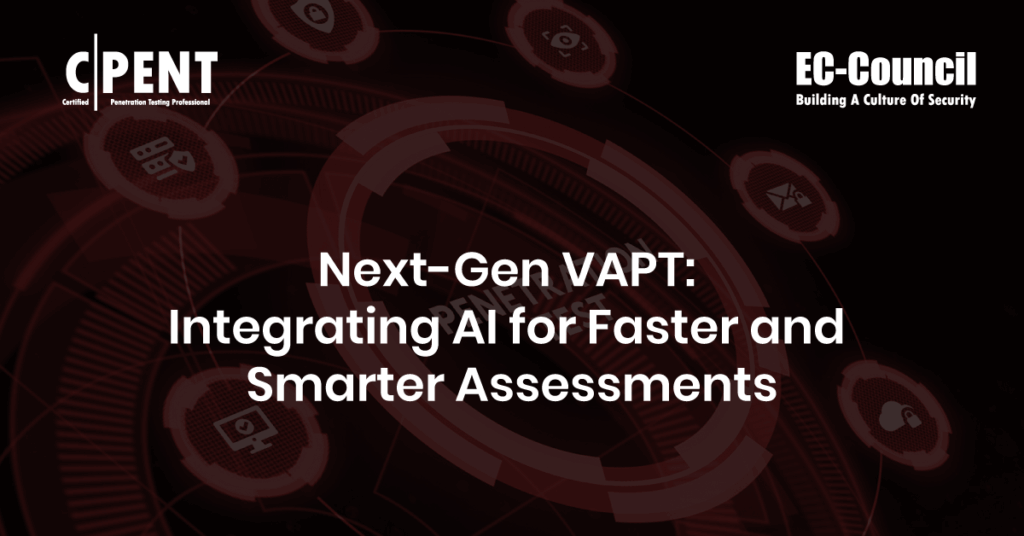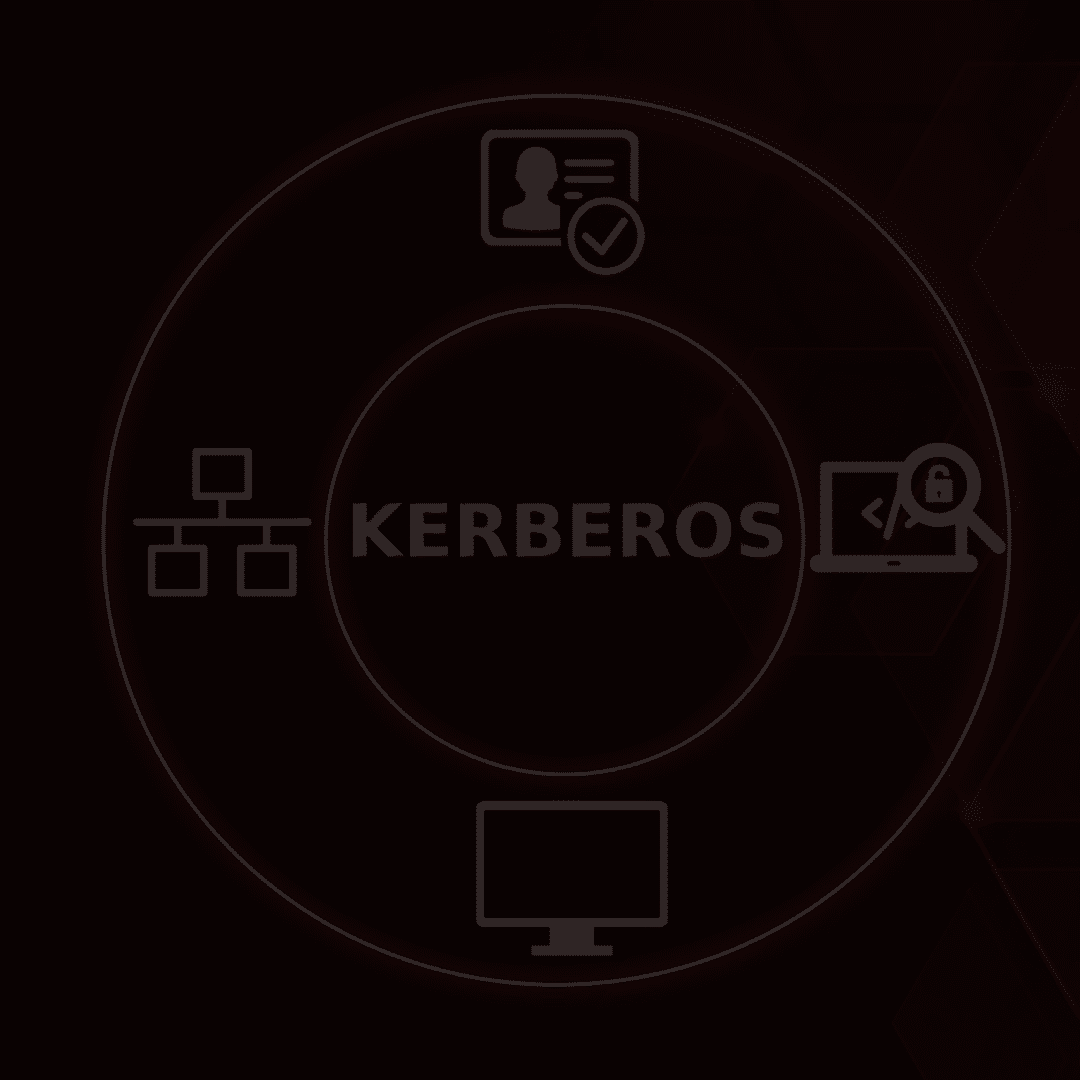As cyberthreats become more sophisticated through AI and automation, traditional Vulnerability Assessment and Penetration Testing (VAPT) methods are struggling to keep up. To stay ahead, security teams must adopt AI-enhanced VAPT strategies that offer continuous, adaptive, and context-aware testing. VAPT is a dual-layered approach to evaluating an organization’s security posture. Vulnerability assessment focuses on identifying known weaknesses, such as unpatched software and misconfigurations, using automated tools. Penetration testing builds on this by simulating real-world attacks to exploit those vulnerabilities and assess their potential impact. Together, these approaches reveal what’s vulnerable and how it could be exploited, providing a deeper understanding of risk and severity in today’s dynamic threat landscape.
Current Challenges with Traditional VAPT
Traditional VAPT practices are increasingly inadequate due to several key limitations. The assessments are typically conducted at long intervals, testing environments are often static, and manual processes drive up costs and introduce delays. Moreover, many organizations still treat vulnerability assessment and penetration testing as separate, and infrequent exercises. This fragmented approach is no longer sufficient in today’s dynamic threat environment. Fortunately, AI is helping bridge this gap, by bringing speed, adaptability, and deeper insight to VAPT operations.
Blind Spots of Traditional VAPT
Despite best efforts, even experienced cybersecurity teams often overlook critical risks that don’t appear in conventional vulnerability scans or checklist-style penetration tests. It’s time to acknowledge the blind spots in legacy VAPT approaches and understand what’s slipping through the cracks:
- Zero-Day and AI-Driven Exploits: Traditional assessments rely on known vulnerabilities and static rules. But zero-days and AI-generated attacks emerge in real time, bypassing signature-based detection.
- Cloud-Native Misconfigurations: Modern architectures like containers and multi-cloud setups introduce complex risks such as misconfigured IAM roles, exposed buckets, etc., that traditional VAPT tools can’t effectively assess.
- Behavioral Attack Patterns: Advanced threats exploit architectural flaws through lateral movement, privilege escalation, and persistence. These tactics evade traditional assessments that focus on known CVEs.
This is why an attacker mindset training becomes crucial. Programs like the Certified Penetration Testing Professional (CPENT AI) teach professionals to analyze environments like an adversary would, combine technical exploits with strategic decision-making, and simulate full kill-chain scenarios to assess real impact.
The New Threat Landscape
Threat actors are now leveraging AI into operations, from reconnaissance to payload delivery and evasion. AI is hence transforming the threat landscape as follows:
- Malware Generation: Attackers use AI and machine learning to craft polymorphic malware that adapts and evolves to bypass detection.
- Smart Evasion: AI enables dynamic behavior that avoids signature-based defenses and sandboxing techniques.
- Target Prioritization via Data Mining: Threat actors mine data to identify crucial targets and tailor attacks for maximum impact.
To counter these advancements, organizations need to integrate AI into VAPT capabilities to build a more adaptive and agile security posture.
Advanced VAPT via AI-Driven Adaptive Security
The traditional VAPT model needs to be replaced by a more intelligent approach that aligns with today’s dynamic environments. Some of the places where AI capabilities can be useful in VAPT are:
- Continuous Assessment: Security validation needs to be an ongoing process; thus, it should be automated.
- Real-Time Risk Scoring: AI enables risk evaluation-based live and changing data to help provide real-time risk scores.
- Behavior-Based Attack Emulation: Changing from static to dynamic and behavior-based threat intelligence will greatly impact VAPT quality.
AI-Enabled Intelligent Scanning
AI-powered scanning tools offer significant advancements over legacy methods by enabling dynamic asset discovery across hybrid and cloud-native environments. These tools use machine learning to detect anomalies and unusual behaviors that may signal compromise, going beyond static rule sets. They also intelligently filter out false positives and noise, allowing security teams to focus on genuine threats and prioritize remediation efforts effectively. This level of advanced enumeration is essential in real-world red team operations, where precision and context-driven insights are critical.
Behavior-Based Exploitation
Rather than relying solely on known exploits, AI-driven tools simulate real-world attacker behavior to assess an organization’s true defensive posture. These tools emulate advanced tactics such as lateral movement, privilege escalation, and data exfiltration, providing a more realistic view of potential threats. By modeling multi-step, chainable attack paths, they reveal how individual vulnerabilities can be combined for deeper compromise. This approach not only identifies weaknesses but also evaluates how effectively defenses respond under pressure. These are the same techniques taught and practiced in CPENT AI program’s live cyber ranges, offering hands-on experience in modern threat scenarios.
Automated Risk Prioritization
Finding vulnerabilities is only part of the equation; understanding their business impact is what drives meaningful action. AI-powered assessments go beyond severity scores by evaluating how each vulnerability could affect operations, data integrity, and brand reputation. They map potential attack paths to uncover critical chokepoints and provide smart remediation guidance tailored to the specific context. This risk-based mindset, which prioritizes real-world impact over theoretical severity, is central to delivering high-value testing and reporting in advanced VAPT assessments.
AI-Enabled Red Teaming Application and Benefits
Explore a case study of real-world engagement where our security team applied AI-driven red teaming approach for a client operating in a hybrid infrastructure environment. The process and results are described as follows:
- Adaptive Testing over 30 Days: Over a 30-day continuous engagement, we deployed an AI-powered platform that dynamically adjusted its tactics based on the client’s evolving defensive posture. Unlike traditional red team exercises that follow a static playbook, this system used behavioral modeling and environmental learning to determine its next move similar to how a threat actor would.
- Self-Updating Test Sequences: Throughout the engagement, the platform autonomously refined its attack strategies. When it encountered blocked paths or new defensive controls, it adapted in real time, maintaining consistent pressure across the environment. This led to the discovery of exposed APIs, misconfigured containerized workloads, and privilege escalation chains combined with lateral movement. These vulnerabilities had been missed in previous penetration tests, highlighting the value of adaptive, AI-driven testing.
- Business-Aware Risk Prioritization: The platform didn’t just identify technical flaws but correlated findings with the organization’s business context. For example, it flagged unauthorized access to high-value systems, not just based on severity scores but on actual business impact. This enabled the blue team to prioritize remediation efforts based on real risks.
- Integration with SIEM and SOAR: All findings were automatically logged, visualized, and fed into the client’s Security Information and Event Management (SIEM) and Security Orchestration, Automation, and Response (SOAR) platforms. This provided continuous threat modeling, rule validation, and real-time behavior visibility.
This engagement exemplifies the shift to operational AI-enhanced red teaming, redefining how organizations need to assess and respond to risk, bringing depth, context, and automation to VAPT practices. AI-Enabled VAPT offers a transformative shift from traditional, manual security assessments to intelligent, automated strategies. Unlike legacy methods that rely on periodic testing and static scoring, AI-driven VAPT enables continuous, adaptive scanning with contextual, business-aware risk prioritization. This evolution turns VAPT into a proactive, intelligence-led process, making it essential for professionals to pursue advanced certifications like CPENT AI to stay ahead. Modern VAPT tools also integrate seamlessly with DevSecOps pipelines, SIEM and SOAR systems, and patch management workflows, ensuring faster remediation and a more responsive security architecture.
Example Tools to Know: AI-Enhanced Offensive Security Platforms
AI-enabled tools go beyond traditional vulnerability scanning by simulating real attacker behavior, chaining exploits, and adapting to changing defenses. With multiple alternatives available, choosing the right tool depends on the specific need and context of pentesting. Below are some of the common AI-enabled pentesting tools seen in enterprise environments.
- Pentera (formerly Pcysys): Pentera specializes in automated security validation. It continuously probes your network using a real attack engine that safely exploits vulnerabilities and misconfigurations, without requiring agents or credentials. It’s ideal for validating real-world exposures rather than theoretical risks.
- Bishop Fox Cosmos: Cosmos is designed for enterprise-grade red teaming. It combines automation with expert validation to deliver persistent security testing across external attack surfaces. It’s a strong choice for organizations seeking a managed, yet highly advanced offensive security capability.
- Cymulate: Cymulate offers breach and attack simulation across multiple vectors—email, endpoints, lateral movement, and cloud. Its modular design allows targeted testing of specific attack scenarios. It also integrates well with SIEM and SOAR platforms for automated response validation.
- Infection Monkey (by Guardicore): It is a free, open-source tool that simulates lateral movement and privilege escalation within internal environments. It’s highly extensible and particularly useful for internal testing, educational labs, or certification preparation.
The common thread across all these platforms is intelligence. They don’t just run scripts, but rather adapt, learn, pivot, and dynamically map attack paths.
Strategies for the Future of VAPT
CPENT and Skill Development
Certifications like CPENT AI are designed to equip practitioners with the advanced skills needed in today’s evolving threat landscape. These go far beyond basic scanning—they focus on exploiting complexity and automating insight. Some of the key skill areas include advanced exploit development, IoT analysis, automated testing and scripting, etc. CPENT offers hands-on experience through live testing environments, scenario-based challenges, and deep dives into OS- and network-level exploits—preparing professionals to think and operate like real-world adversaries.
Role Evolution in VAPT
The role of Vulnerability Assessment and Penetration Testing (VAPT) professionals is undergoing a significant transformation. It’s no longer limited to simply running scans; instead, it now involves developing intelligent and scalable offensive security capabilities. Key trends shaping this evolution include the integration of human-AI collaboration within Red Teams, where AI enhances human creativity to enable faster and more adaptive testing. VAPT is also being embedded into CI/CD pipelines, making security an integral part of the development lifecycle rather than a post-development consideration. Moreover, the profession is shifting from traditional testers to offensive engineers, i.e., experts who can script, automate, and emulate adversaries at scale to proactively strengthen cybersecurity defenses.
Building a Modern Strategy
To build a future-ready VAPT strategy, organizations should adopt a phased and intelligent approach to scaling. It begins with pilot deployments focused on high-risk areas, where AI-based techniques can be tested for effectiveness and adaptability. Once validated, automation should be applied to known-good processes to streamline repetitive tasks and minimize manual effort. Crucially, the insights gained from these activities should be fed back into detection and response systems, creating a continuous improvement loop that enhances overall security posture over time.
Conclusion
The cybersecurity landscape has evolved dramatically, with threat actors now using AI, automation, and behavioral techniques at scale. Traditional point-in-time testing is no longer enough to keep pace. AI doesn’t just speed up assessments—it transforms them by simulating adaptive attacker behavior, mapping complex attack paths in real time, and prioritizing findings based on actual business impact. This results in fewer false positives, smarter prioritization, and faster remediation.
Importantly, AI enhances—not replaces—human testers. Human creativity and contextual understanding remain essential, but when combined with AI, security teams gain the scale and agility needed to protect modern infrastructures. For VAPT professionals, this marks a turning point. Organizations now seek offensive engineers who can integrate automation, scripting, adversary emulation, and cloud-native testing into a unified skill set.
Modern VAPT is no longer a checkbox—it’s a continuous, intelligence-driven process. To lead in this new era of offensive security, adopting the right tools, techniques, and mindset is essential.
Tags
About the Author

Don Warden II
Director of Incident Response, Cybolt
Don Warden is a cybersecurity leader with over 30 years of experience in defending and securing complex environments across multiple industries. His extensive background spans digital forensics, cyber threat intelligence, and incident response, wherein he has handled high-stakes cases involving ransomware, insider threats, and cyber extortion. A trusted advisor on cybersecurity strategy, Don has guided organizations through threat mitigation and recovery while ensuring compliance with frameworks like the Cybersecurity Maturity Model Certification (CMMC). Holding advanced certifications, including Certified Ethical Hacker (CEH) and Certified Cyber Security Analyst (CCSA), along with a Master’s in Cybersecurity and Information Assurance, Don brings a seasoned perspective to AI-powered cybersecurity and ethical hacking innovations.










